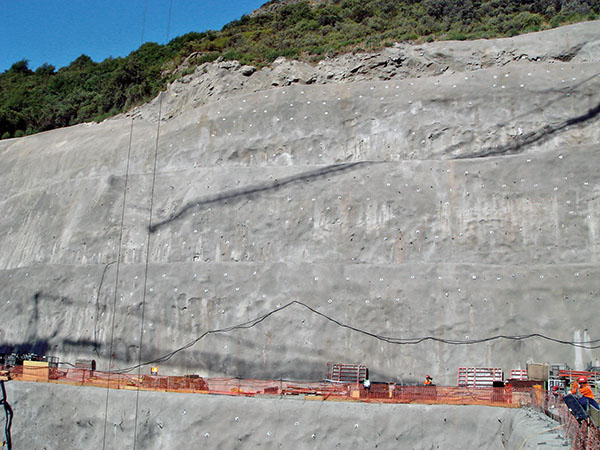
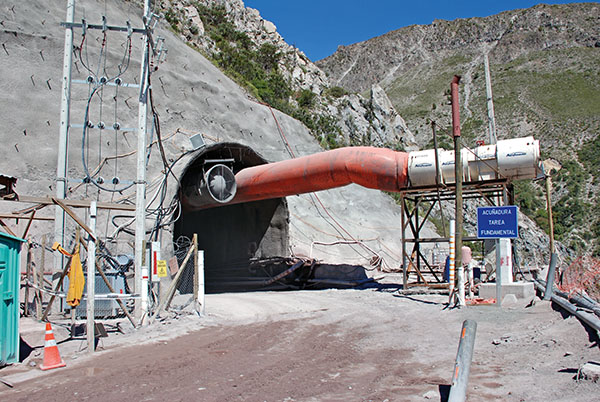
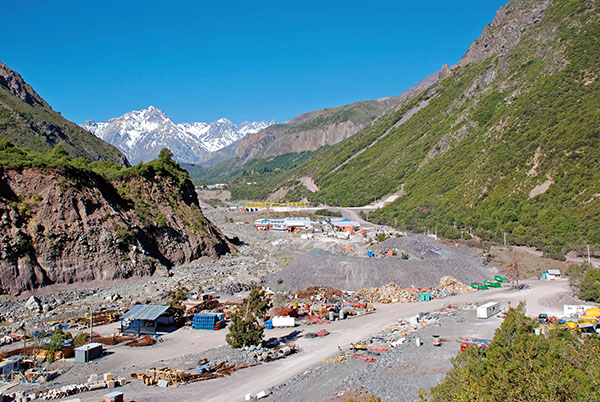
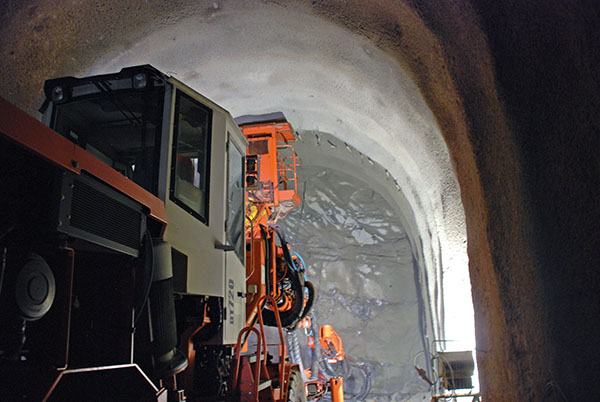

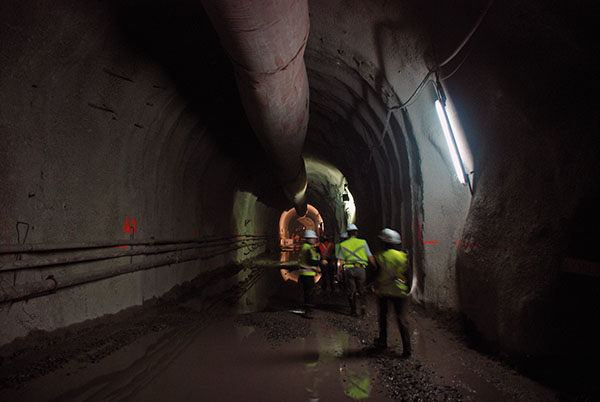
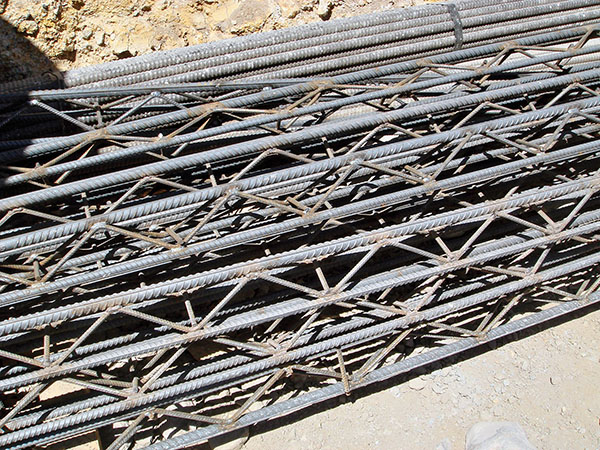
ALWAG Systems Contribute to Chile’s Energy Supply
In the Chilean Andes, approx. 150km south of Santiago de Chile, a new hydropower plant is currently under construction that will significantly improve the energy supply of the entire region: La Confluencia power plant. La Confluencia is being built as a turnkey project by a joint venture consisting of Hochtief AG and Tecsa SA.
The run-of-river power plant has a capacity of 158MW and is being built at an elevation of 1,430m. The water inflow to the power plant is mainly determined by snowmelt. In contrast to the region’s existing hydropower plants, this plant will also operate at full capacity during the dry season in order to supply energy to the complete system.
La Confluencia is being built between both the Tinguirica and Portillo rivers. Two main inlet areas and five secondary inlets collect the water from both river valleys and direct it into a catchment with a daily capacity of 1.2 million m³.
In order to divert the water from the main inlets to the power plant, 20km of tunnels are being excavated. Two horizontal tunnels will direct the water to an approx. 360m long vertical pressure shaft. From here, the water will flow through a high pressure tunnel to the two turbines in the power plant.
Excavating the tunnels makes up the better part of the construction work for this project. Excavation is being carried out simultaneously from both portals in blasting and drilling advance with consecutive ground support and at advance rates of approx. 9m per day. The Portillo Tunnel has a cross-sectional area of nearly 33m², whereas the shorter Tinguirica Tunnel features a cross-sectional area of nearly 37m². The 95m high surge shaft, which is being built as a watertight shaft for diminishing water surge pressure in the piping, has a cross section of more than 200 m².
The geology in the region includes tuff and breccias with hematitic and arcillic alterations, and unconfined compressive strength ranges between 80MPa and 120 MPa. Tunneling is made difficult especially because the Andes are characterized by sedimentary and volcanic rock with strongly differing intermediate layers. Consequently, rock conditions cannot be predicted: in addition to the main rock classes of III-V, classes I-II were also expected but not encountered during excavation. Furthermore, excavation was made difficult by groundwater - particularly so in the El Manzano area.
For stabilizing tunnel advancement, the general contractor awarded a contract to DSI Chile for the supply of approx. 350,000m R32 IBO Self-drilling Anchors, 25,000m ∅ 1.2m ventilation ducts and 11 injection pumps. In addition, DSI Chile supplied approx. 500m of AT-114 Pipe Umbrellas and approx. 1,500m AT-89 Pipe Umbrellas. Construction work on this important infrastructure project began in October 2007 and was completed at the end of 2011.
